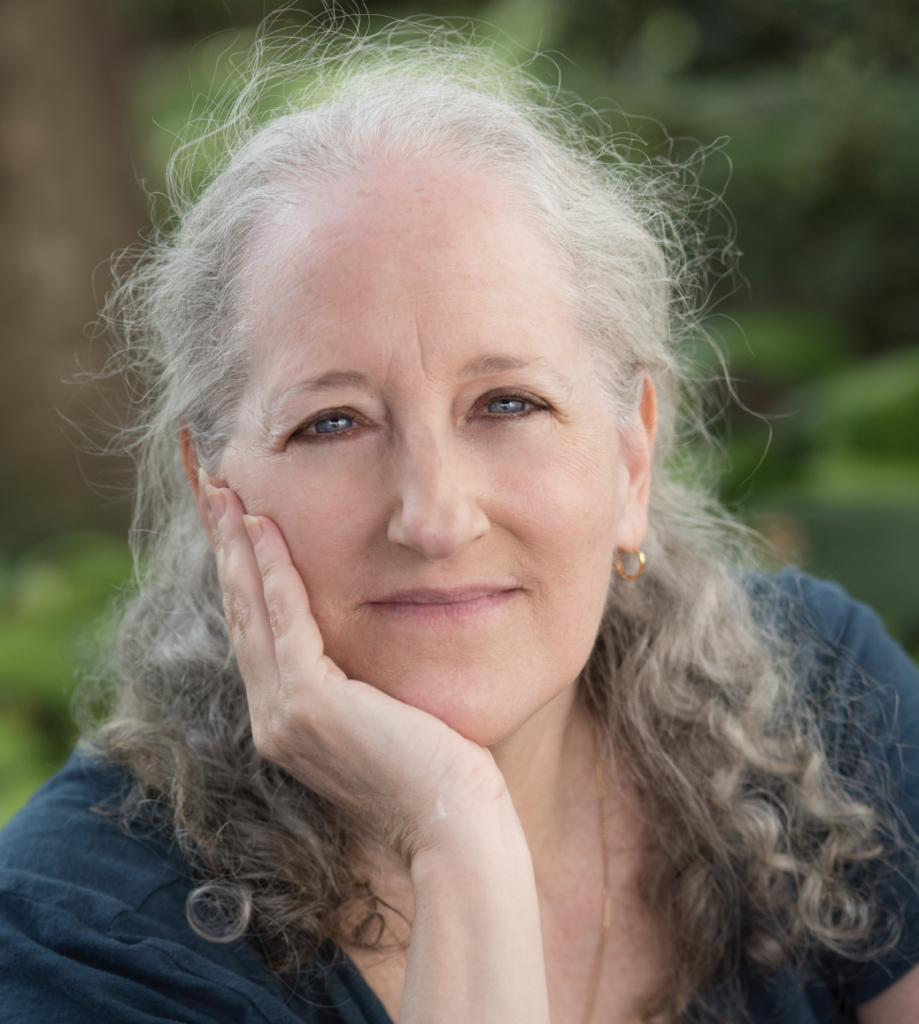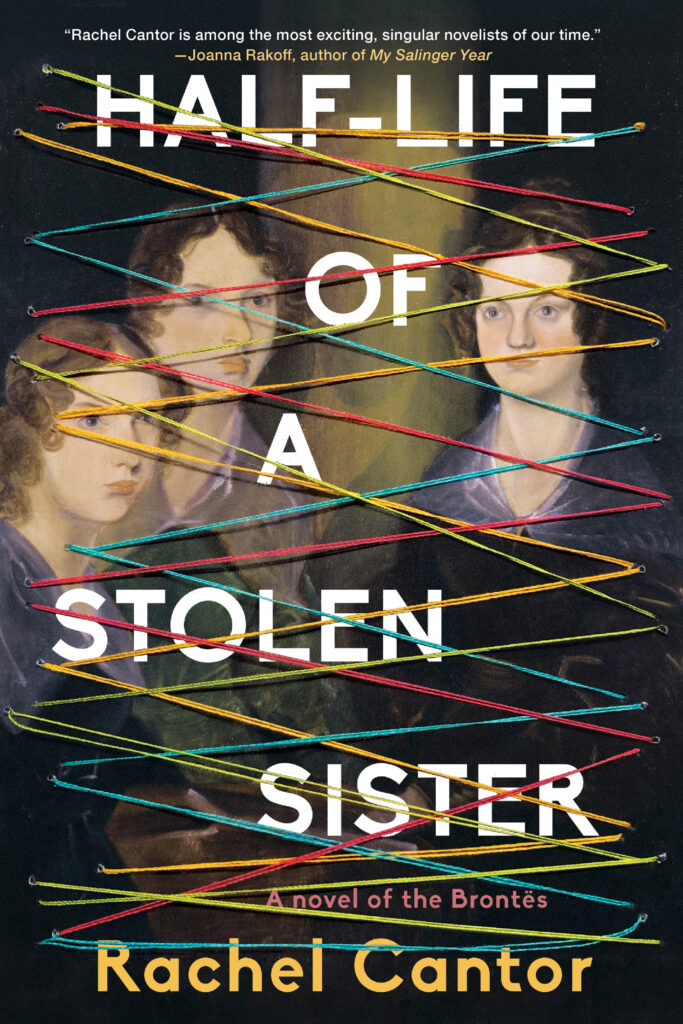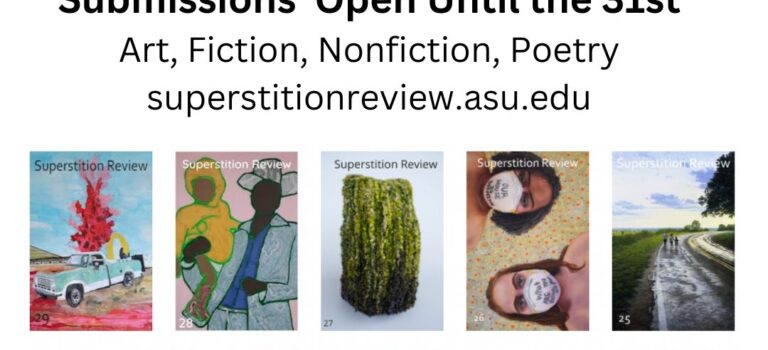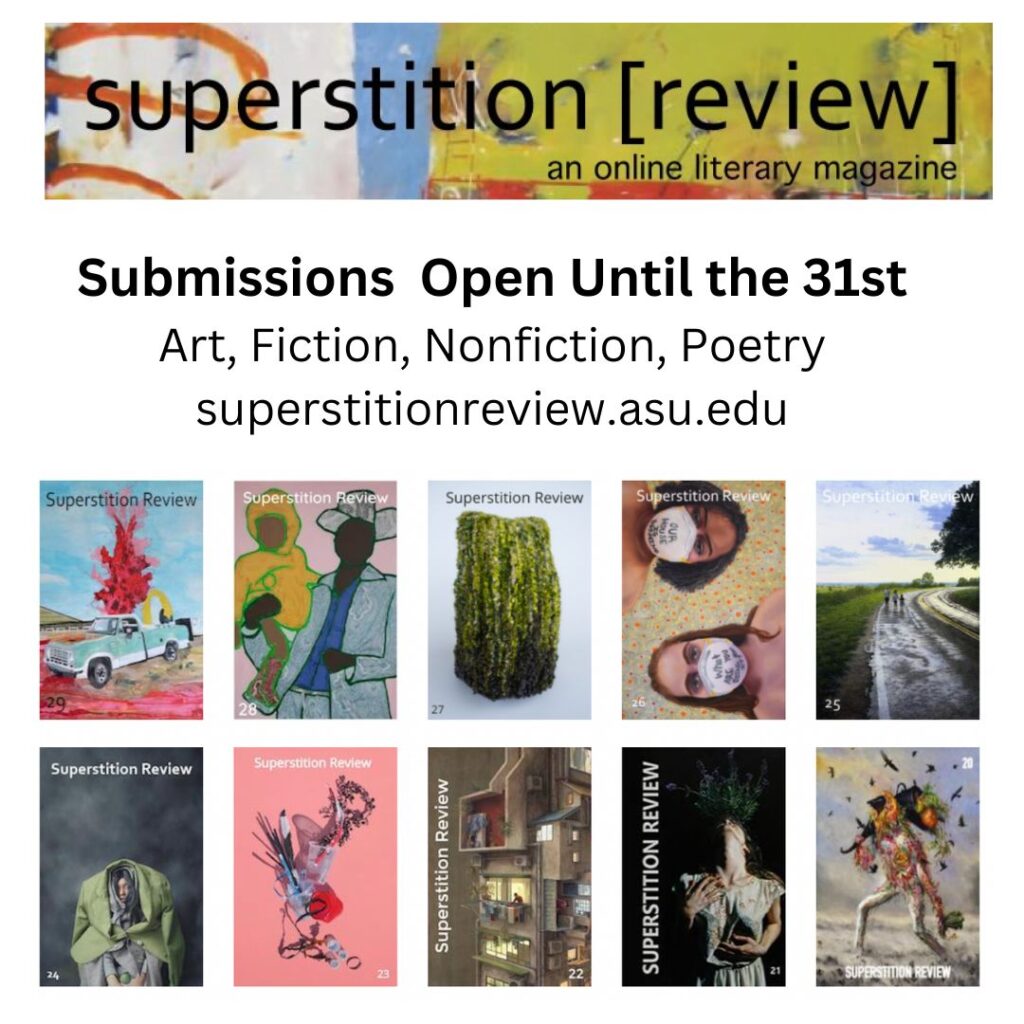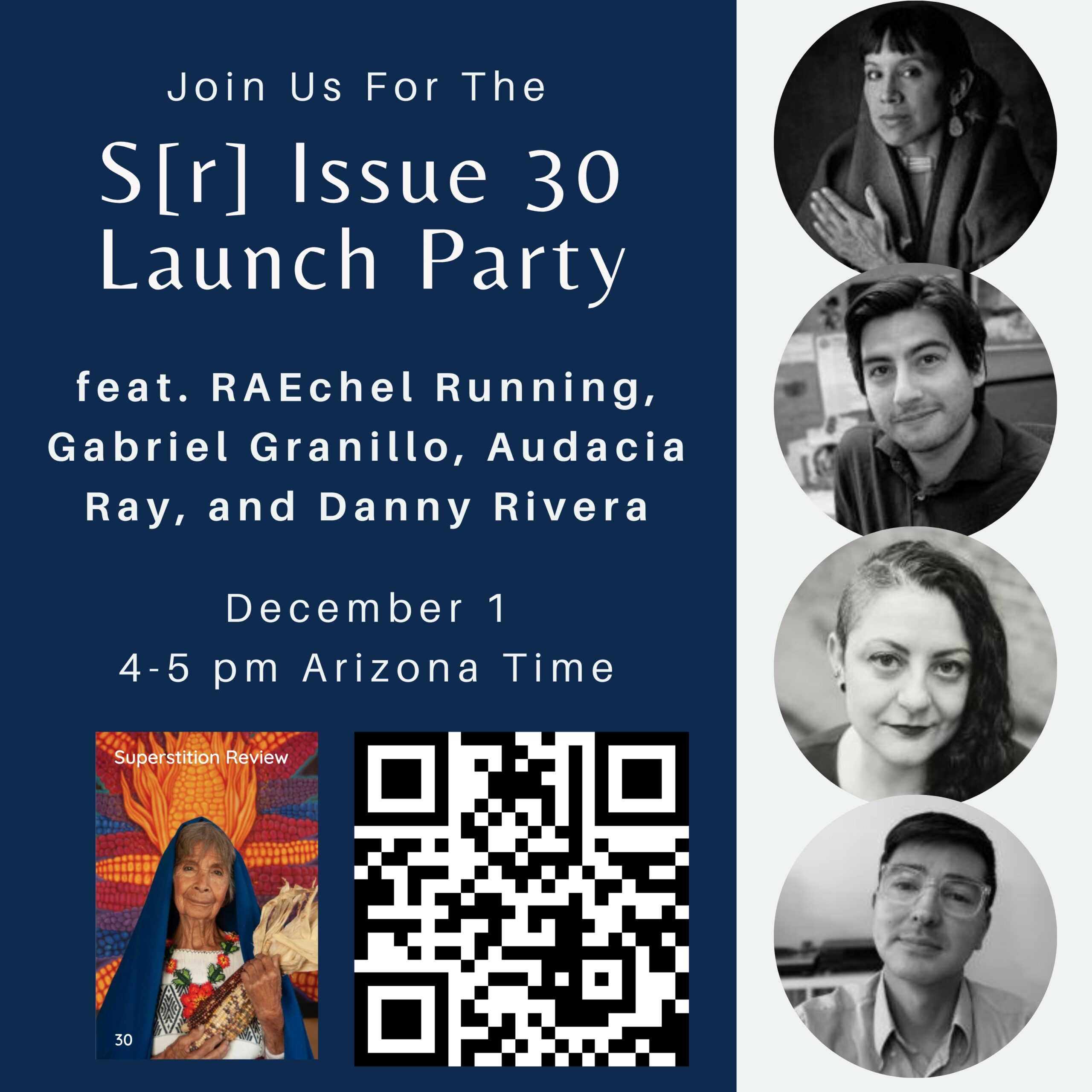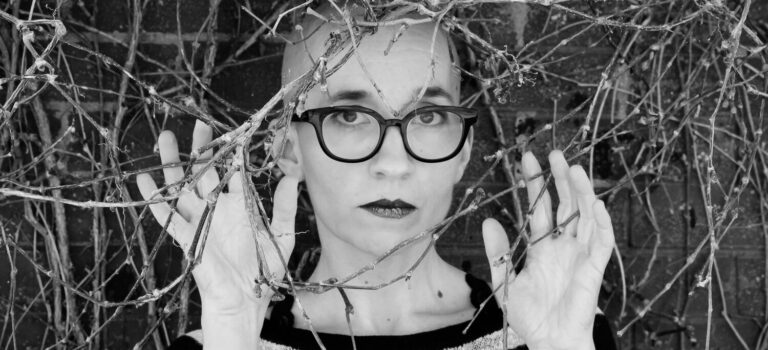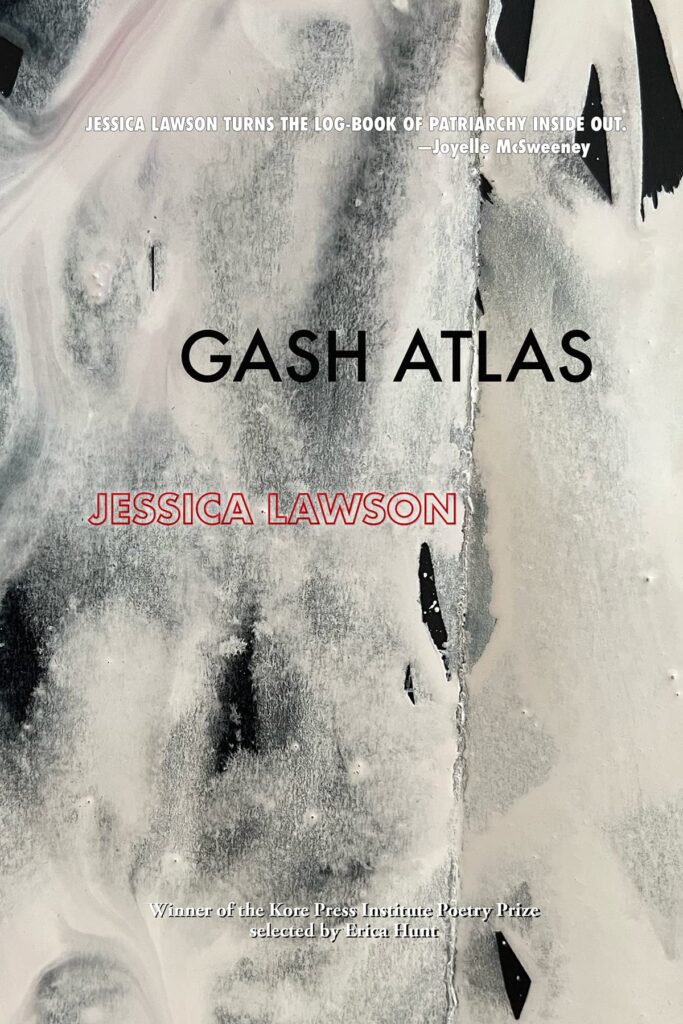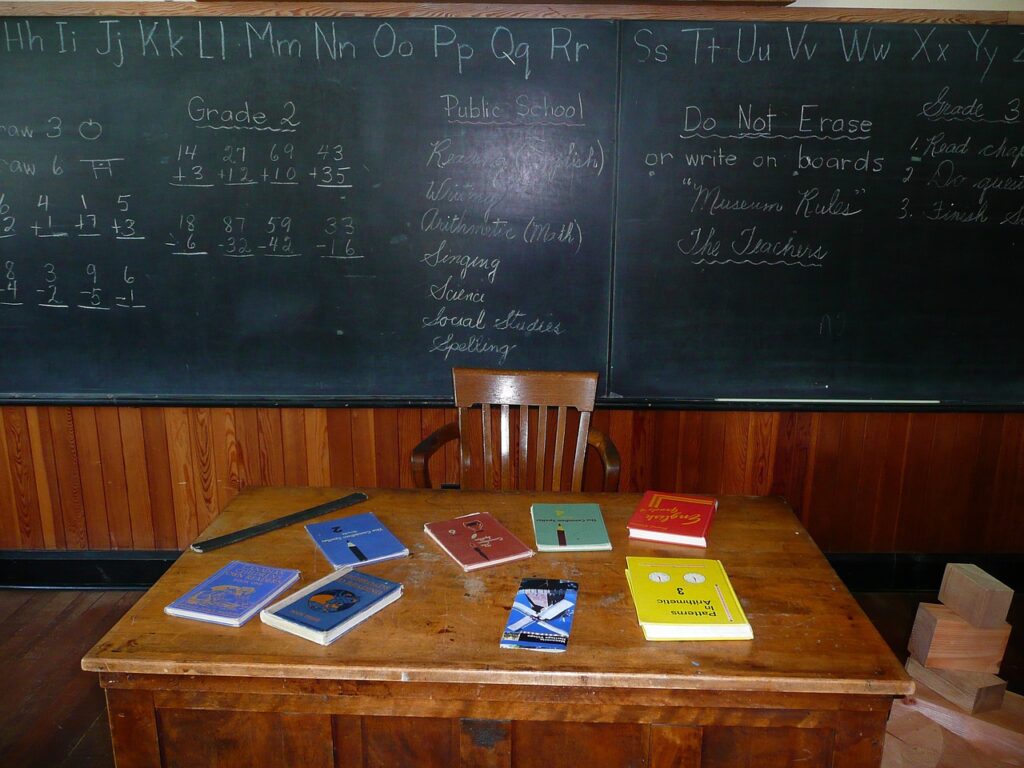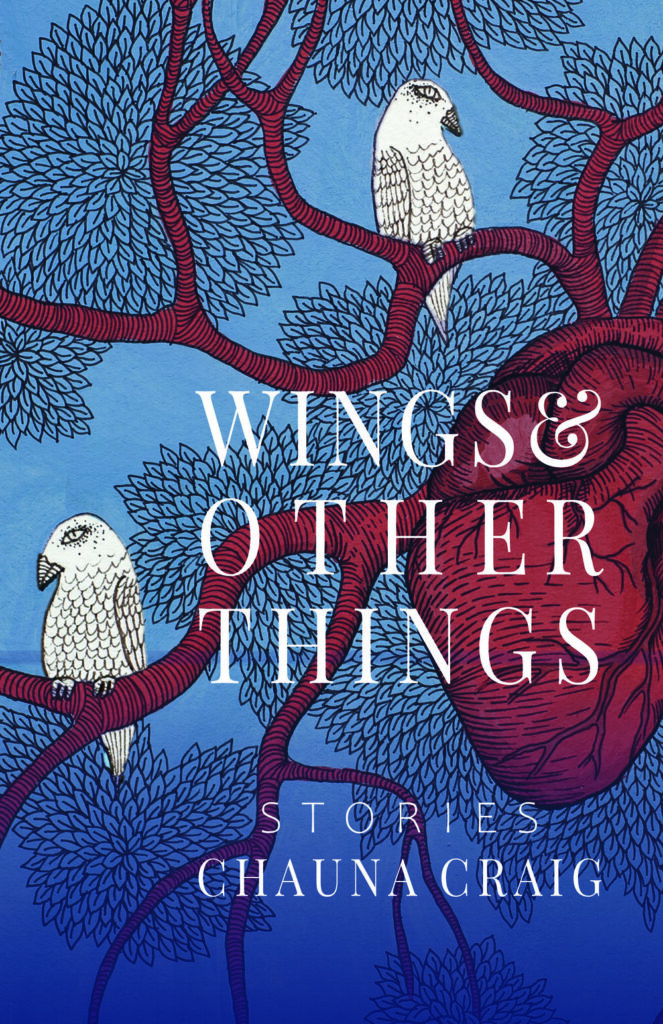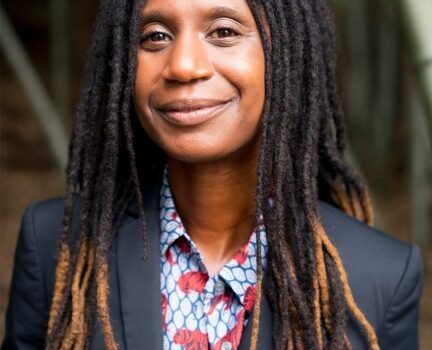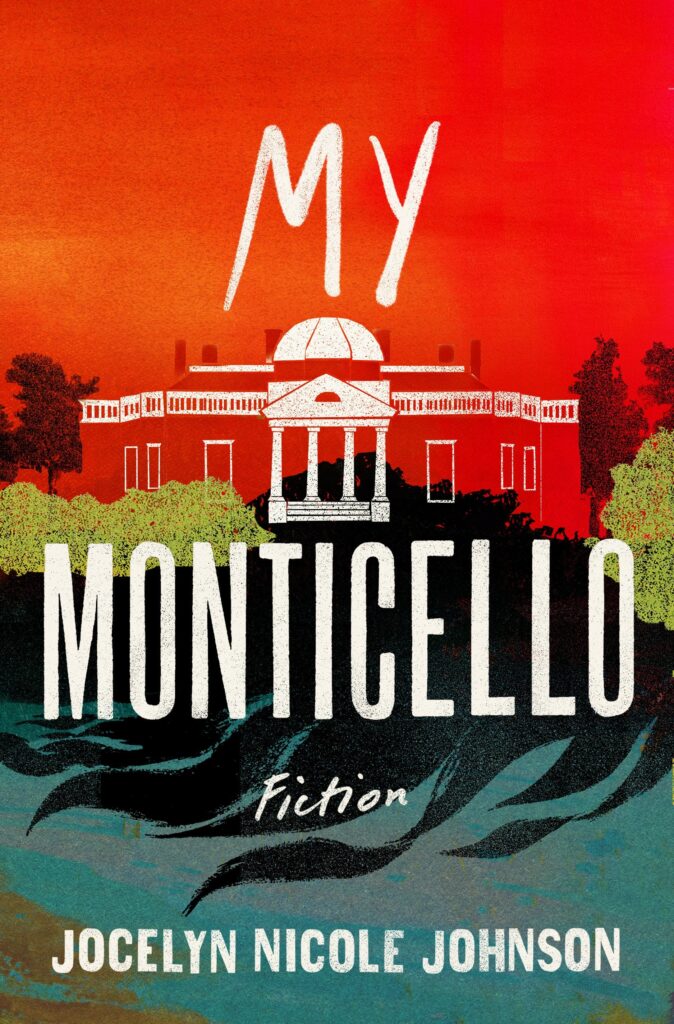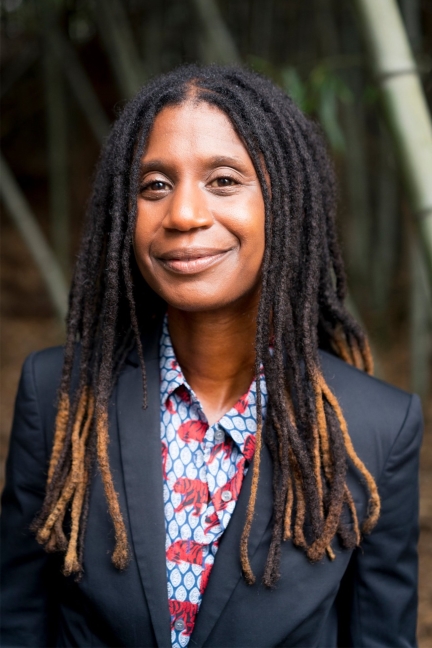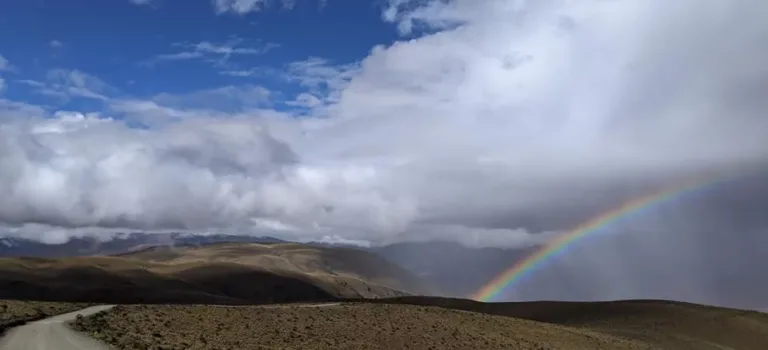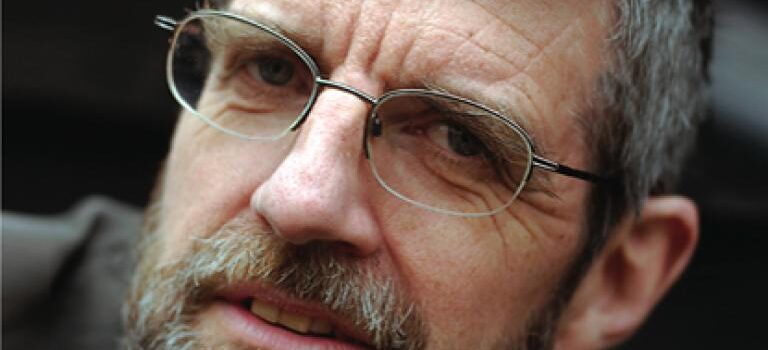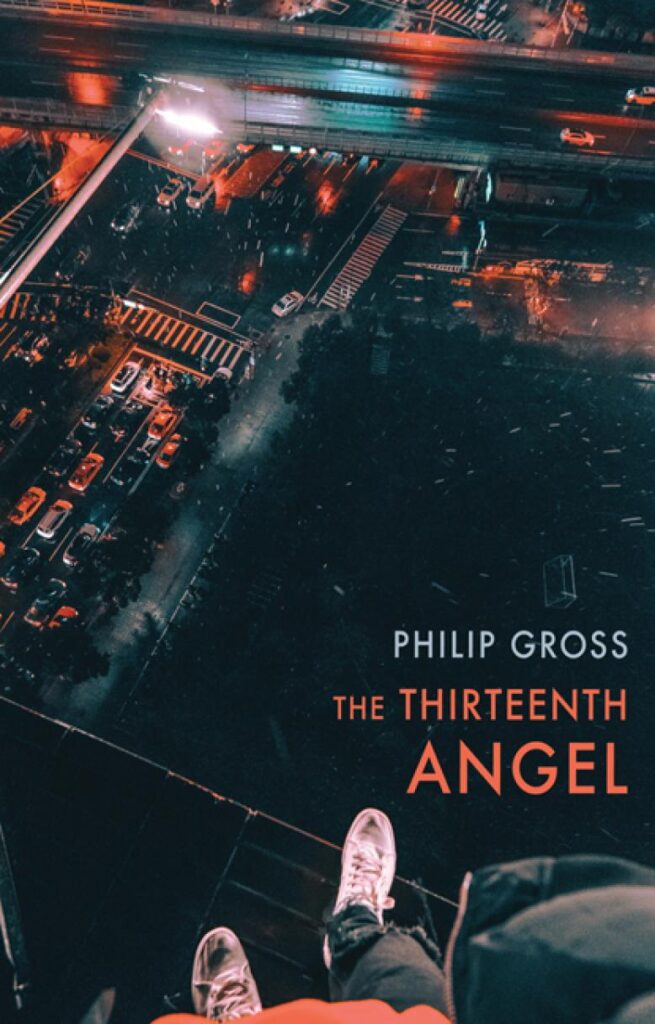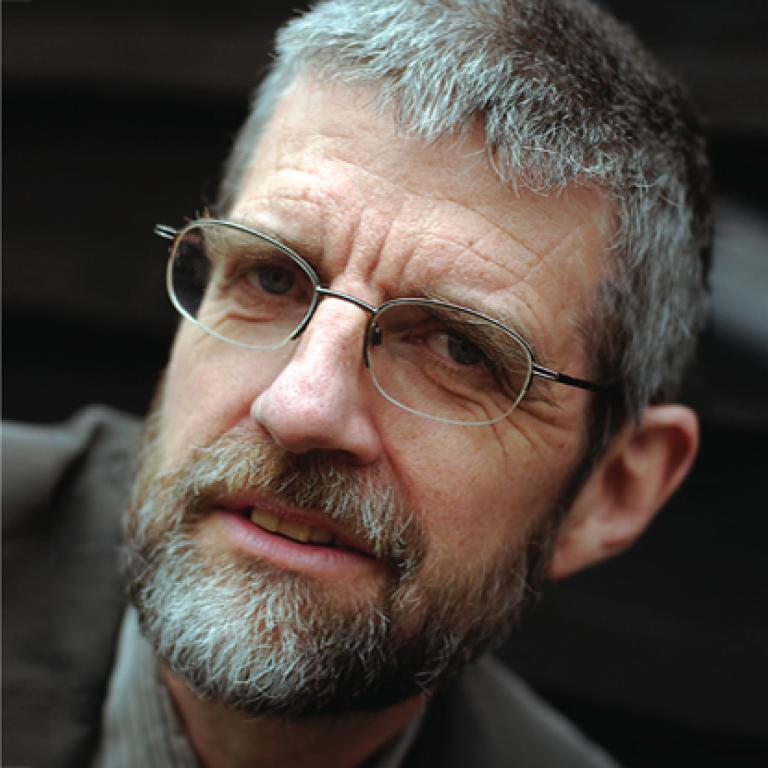
After years of writing and editing fiction, I’ve developed a real soft spot for articles on literary craft. At their best, they intimate the secrets of effective storytelling. But so many of them (including ones I’ve written) assume that deep discussion of deft writing is the way to go. And while learning from the work of masters is certainly valuable, we can also get personal and discuss what we actually do as writers, directly engaging with one another’s competencies and foibles. By sharing our ongoing journeys towards mastery, we can cultivate an honest and accessible conversation on literary craft—one that enacts an ethos described by meditation instructor Jeff Warren:
Make your problem someone else’s solution. We can all learn to use the energy of our challenges and turn it into care for someone else. Call it Cosmic Love Judo.
Let’s take a Cosmic Love Judo tack to literary craft by trying something more workshop, less TED Talk. Here’s how I used perspectives on literary craft to revise the first section of a story I thought was close to completion.
This is the way that story began for something like fifteen drafts:
This time, I have a crush on Meridienne, and the affection is stunningly quiet. Nothing like the last crush—that menagerie of thoughts and feelings about Altina. Now with Meridienne, I’m mainly interested in details I never really paid attention to, if I even noticed them before. Like the half-used eraser she places in the upper right corner of whatever desk she’s sitting at. During Psychology, she didn’t use it at all, but the eraser was there the whole time, at the ready to rub away mistakes.
The crush also changes how I feel toward the things about Meridienne that have stood out ever since we started having classes together back in the autumn. Those mostly make me feel bad for her now. The frilly socks that are simultaneously fancy and ridiculous (especially when worn with sneakers), her mother must have bought them. And I’m sure that some classmates and even teachers are also irritated by how Meridienne says everything with so much emphasis, as though she’s always making sure to get her point across. Even when she complimented my ideas for the social studies skit we worked on together last week, I didn’t like her tone. It gave her the air of someone who has a high opinion of her opinions and thinks of her praise as precious, coveted validation. Maybe she doesn’t mean to come off that way but can’t help it. Or maybe she’s afraid she won’t be taken seriously if she doesn’t speak assertively.
If this is what it’s going to be like liking Meridienne—a combination of fascination and sympathy—I’ll take it. Not that I have a choice, but I can do another four days of this no problem.
This section bothered me for a while, and eventually I determined that the issue was its exclusive focus on the narrator’s thoughts. That focus had allowed me to quickly lay out the situation at hand—the latest crush—but the trade-off is that we (as readers) have no idea where we are; unanchored in time and space, we’re adrift in the as-yet undefined world of the story. This opening is overtly at odds with the standard craft advice of grounding the reader—advice that Benjamin Percy champions in Thrill Me:
When a reader first picks up a story, they are like a coma patient—fluttering open their eyes in an unfamiliar world, wondering, where am I, when am I, who am I? The writer has an obligation to quickly and effectively place the reader in the story.
I overdid it on addressing the “who am I?” by placing the reader exclusively in the narrator’s thoughts. I wagered that if those thoughts piqued the reader’s curiosity, then I could launch the story quickly and defer placing the narrator in a scene. But that approach was adopted back when I thought this story might be at most five pages. Soon, it was over fifteen, and that initial opening was obtrusively ineffective. So I replaced it with this…
The moment I see Meridienne walk into Social Studies, my gaze is pulled to her like never before, and I know that this week I have a crush on her. She breezes past the front of the classroom, her creamy blue shirt and blond hair bright against the blackboard, making the air thrum with energy, and that’s the crush making my mind thrum with energy—but quietly this time. Nothing like the last crush, that rambunctious menagerie of thoughts and feelings about Altina. This crush just makes me alert to Meridienne, getting me to notice her poise once she’s settled at her desk—torso pitched slightly forward, forearms angled inward on her desk.
“Good morning,” Mr. Deslar says the instant he steps [strides] through the doorway. “Let’s get started with current events. Randy, you’re up.”
Mr. Deslar closes the classroom door and stands in the corner beside it. Randy quickly skims over some notes then excitedly tells us about new cognitech that makes dreams feel like vacations by creating places for the sleeping mind to explore and enjoy. In a couple years, we might be hiking a majestic mountain or roaming a lively city while getting a good night’s rest. That sounds amazing. Curious about Meridienne’s reaction to this news story, I glance over at her. From my desk near the back of the classroom, I can usually see only the back of her head and torso, but now Meridienne’s turned to the right to look at Randy, and I can see her face in profile. She has that familiar look of paying casual attention, but her eyes have a certain focus, as though clearly gauging her distance from not just Randy but this new technology.
[…]
During the other morning class I have with Meridienne, I notice that the crush changes how I feel toward things about her that have always stood out ever since we started having classes together last autumn. These things mostly make me feel bad for her now. Like the frilly socks that are simultaneously fancy and ridiculous—especially when she wears them with sneakers. Her mother must have bought them. And then there’s the way Meridienne says everything with so much emphasis, as though she’s always making sure to get her point across. I’m sure that some classmates and even teachers are also put off by that. Even when she complimented my ideas for the Social Studies skit we worked on together last week, I didn’t like her tone. It gave her the air of someone who has a high opinion of her opinions and thinks of her praise as precious, coveted validation. Maybe she doesn’t mean to come off that way but can’t help it. Or maybe she’s afraid she won’t be taken seriously if she doesn’t speak assertively.
If this is what it’s going to be like liking Meridienne—a combination of curiosity and sympathy—I’ll take it. Not that I have a choice, but I can do another four days of this no problem. Especially since the two classes we have together are in the morning, so for the rest of the day, the crush can’t get me to stare at Meridienne and can only turn my attention to thoughts about her. This may be the easiest crush yet. Is that because of its design?
Now the story begins with concrete details as a naturalistic entry point into the narrator’s life. And those details are presented in a way that aligns with other perspectives on craft, like this one regarding the nature of details in Thrill Me:
Be specific when something is interesting. When something is interesting, you look at it longer. You prolong and amplify it.
In the new version of the opening, the narrator’s attention stays on things that have a particular quality. Meridienne ripples the atmosphere of the classroom. Her gaze gives the impression of gauging distances. The prose is concerned with specificity meaningful to the narrator.
All this is not to say that the best way to start a story is in medias res with scene. Rather, the consideration of revision here suggests that stories can be improved by considering what the text needs to do for the reader. I previously thought this opening had to start the story quickly, but I later realized it must situate the character in the change that launches the story: the first experience of the new synthetic crush. This is the sort of clarity we can gain when we engage in revision and workshopping.
Speaking of workshopping, did you take issue with other aspects of the initial opening? Do you think the revised version is falling short of doing the work it should? If so, that’s fantastic; your literary sensibilities have leapt into action! If not, don’t worry; there are plenty of opportunities to develop and exercise those sensibilities, or maybe the passages presented here work for your sensibilities. Stories can of course work in different ways for different people. And that’s part of the beauty of crafting fiction. Storytelling, like all art forms, is amenable to different sensibilities, allowing us to engage with it over a vast aesthetic range.
Strategies to Try
- Decide what should have primacy at the story’s outset. For a story you’ve been working on or thinking of starting, consider what absolutely needs to come through in its first paragraphs. Voice? Setting? A situation? Once you’ve determined that, explore what you might do to further develop this element of the story. Can you also layer in other elements?
- Identify how part of a story is falling short. For a section of a story you’re wrestling with, ask, “What work does this section need to do?” Depending on the nature of the section (for example, its length or location in the story), it may need to accomplish multiple kinds of work, like develop the characters and create tension. Use your answer to this question as the basis for revising that section.

